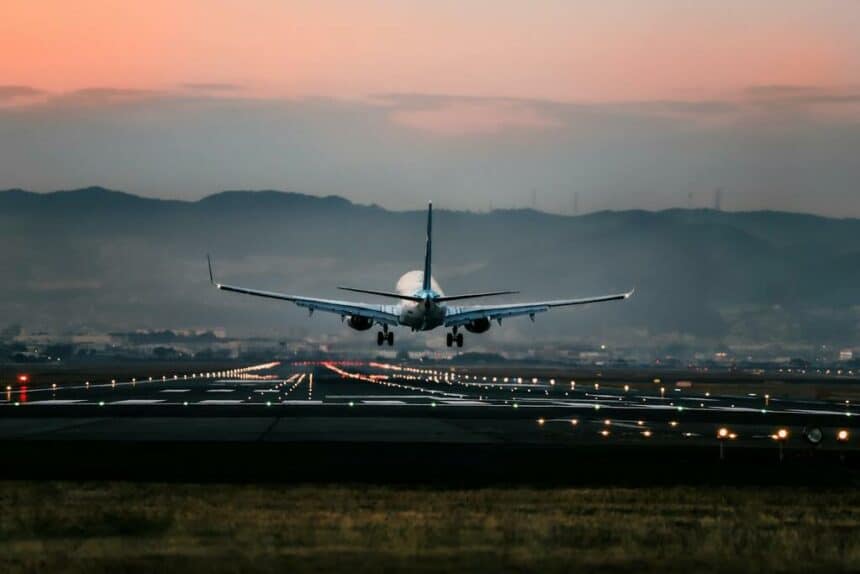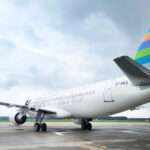This week the Biden-Harris Administration released the Fiscal Year (FY) 2025 Budget request. The proposal has set its sights squarely on enhancing aviation safety within the United States.
This budget allocation clearly aims to bolster the Federal Aviation Administration’s (FAA) capabilities by providing additional resources for various safety initiatives.
As stated by FAA Administrator Mike Whitaker, “Our number one priority is safety,” highlighting the paramount importance of ensuring the safety of air travel for all passengers and stakeholders.
Investment in Air Traffic Controllers
A substantial portion of the budget, totaling $43 million, is designated for accelerating the hiring and training of air traffic controllers.
This investment is crucial for meeting the agency’s ambitious goal of hiring 2,000 new controllers in 2025.
Notably, the FAA has already made significant strides in this endeavor, surpassing its hiring targets in previous years.
To address the ongoing shortage of controllers, the FAA is implementing a range of strategies.
These include year-round hiring initiatives, enhancing training programs, and leveraging partnerships with the military and private industry.

Modernization of Air Traffic Facilities
In addition to bolstering the workforce, the FY 2025 Budget prioritizes the modernization of aging air traffic control facilities and equipment.
A notable proposal included in the budget is the Facility Replacement and Radar Modernization plan, which allocates $8 billion over the next five years for this purpose.
This comprehensive initiative aims to upgrade critical radar systems and modernize more than 20 air traffic control facilities across the country.
By investing in state-of-the-art infrastructure, the FAA seeks to enhance the efficiency and reliability of the national airspace system, ensuring it remains the safest in the world.

Office of Aviation Safety Funding
Furthermore, the budget allocates $1.8 billion to the Office of Aviation Safety, emphasizing the importance of continuous safety oversight and improvement.
This funding will support production oversight activities and enable the FAA to enhance operational safety measures.
In light of recent incidents, such as the Boeing 737-9 incident on January 5, the FAA has taken decisive actions to strengthen its oversight protocols.
The proposed budget reaffirms the agency’s commitment to prioritizing safety and investing in initiatives that promote continuous improvement and vigilance.

While US air travel remains relatively safe, there are still broad areas for improvement.
Runway incursions and near miss incidents. These have been a growing concern in the US, particularly in 2023. Here’s a breakdown:
- Increased Numbers. In the first two months of 2023, there were the highest number of commercial airline runway incursions in five years. The FAA also identified 19 serious runway incursions between January and October 2023, the most since 2016.
- Potential Causes: Several factors are being investigated, including:
- Staffing Shortages. There may not be enough air traffic controllers to handle the increasing air traffic. This was exacerbated as the industry recovered from the pandemic.
- Pilot Inexperience. A rise in newer pilots may require additional focus on safety protocols.
- Outdated Technology. Modernization efforts are underway to improve communication and runway safety systems
General Aviation vs. Commercial Airlines: Accident rates are typically much higher for general aviation (private airplanes and light aircraft) compared to commercial airlines.
Maintenance and Inspection: Incidents like the recent Alaska Airlines in-flight incident have put operating culture and quality control factors in the spotlight. It serves to highlight the more general consideration of proper maintenance and inspection procedures.

Click the banner to subscribe to our weekly newsleter.

Click the photo to join our WhatsApp channel so then you can stay up to date with everything going on in the aviation industry!







